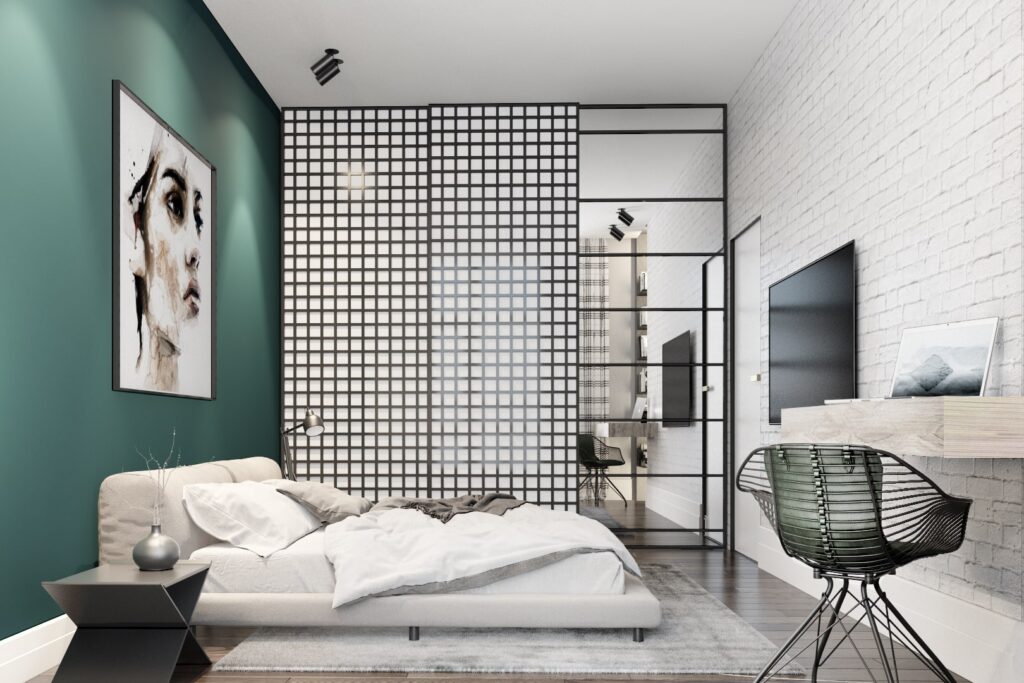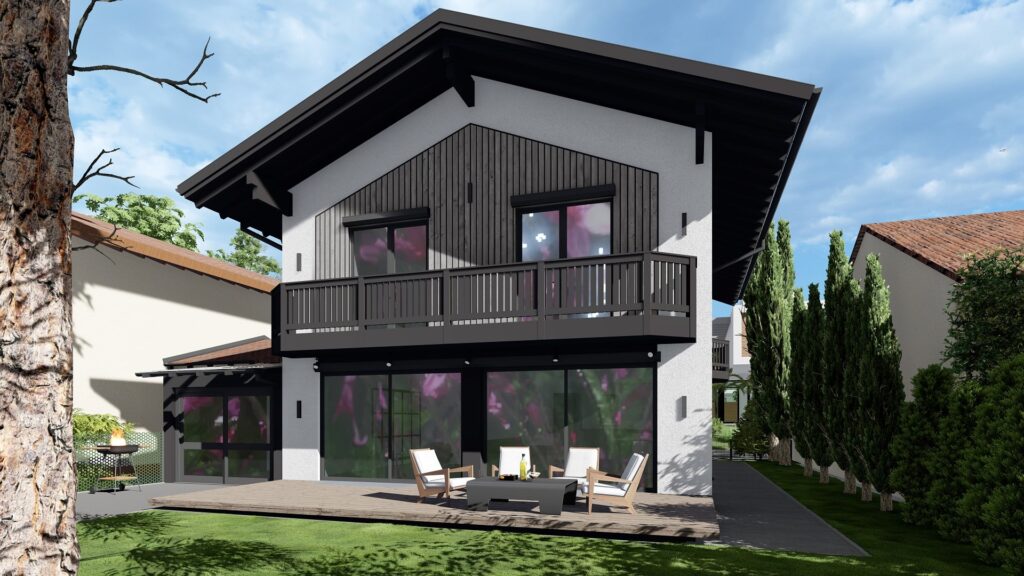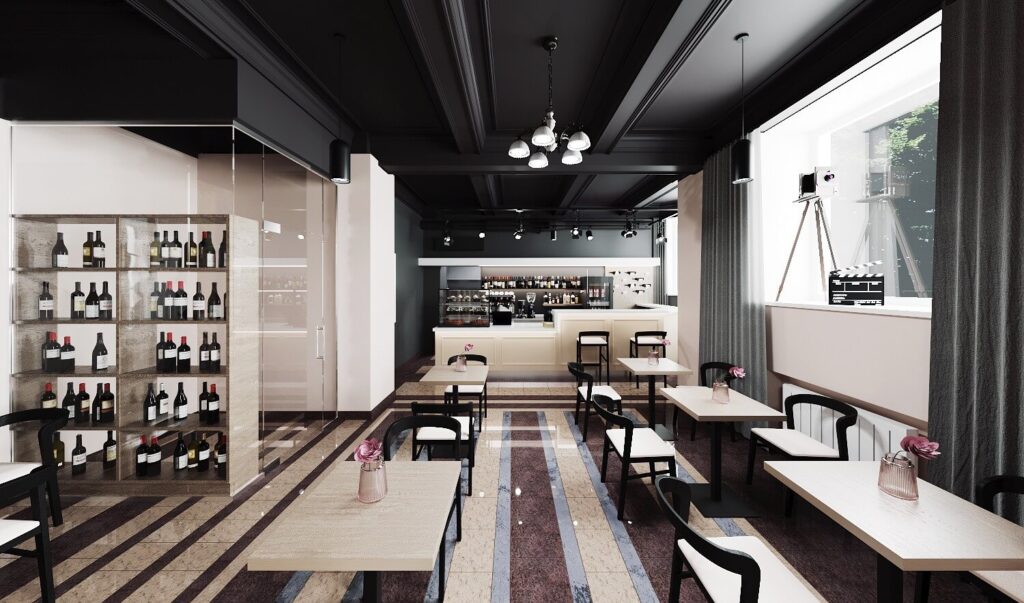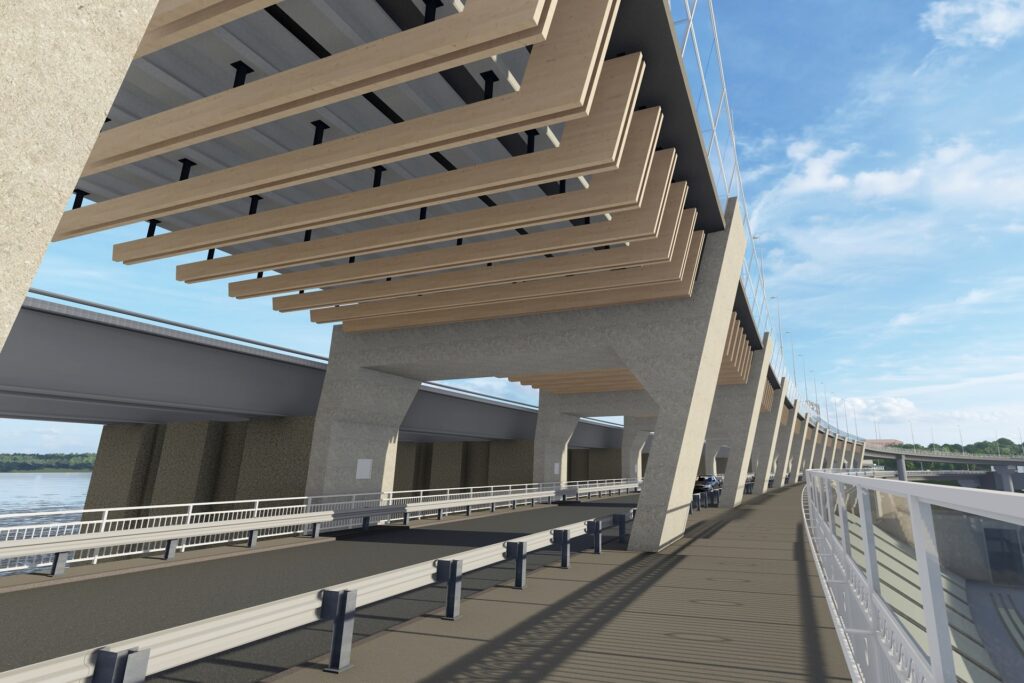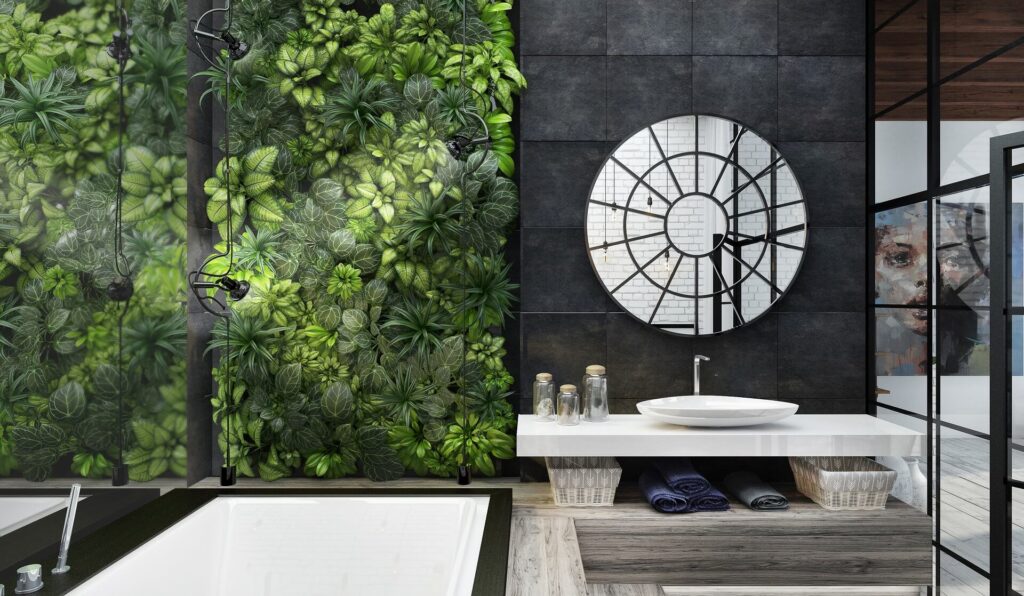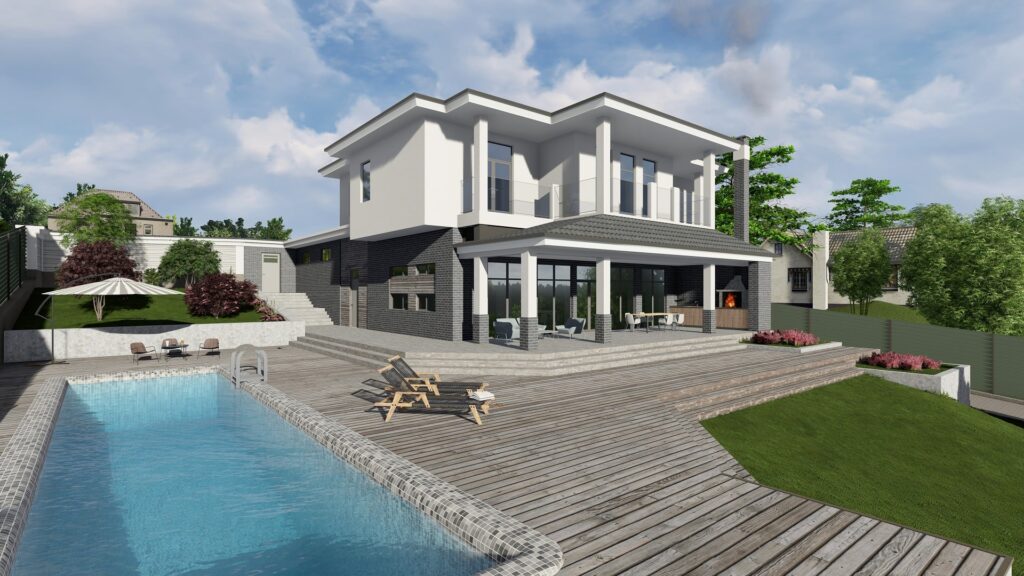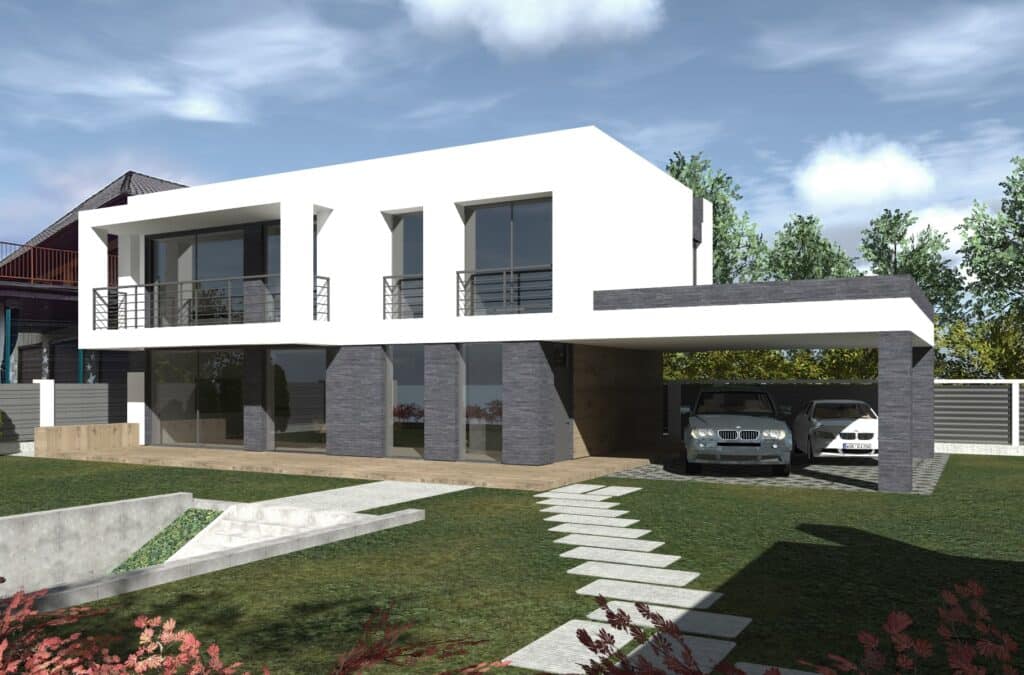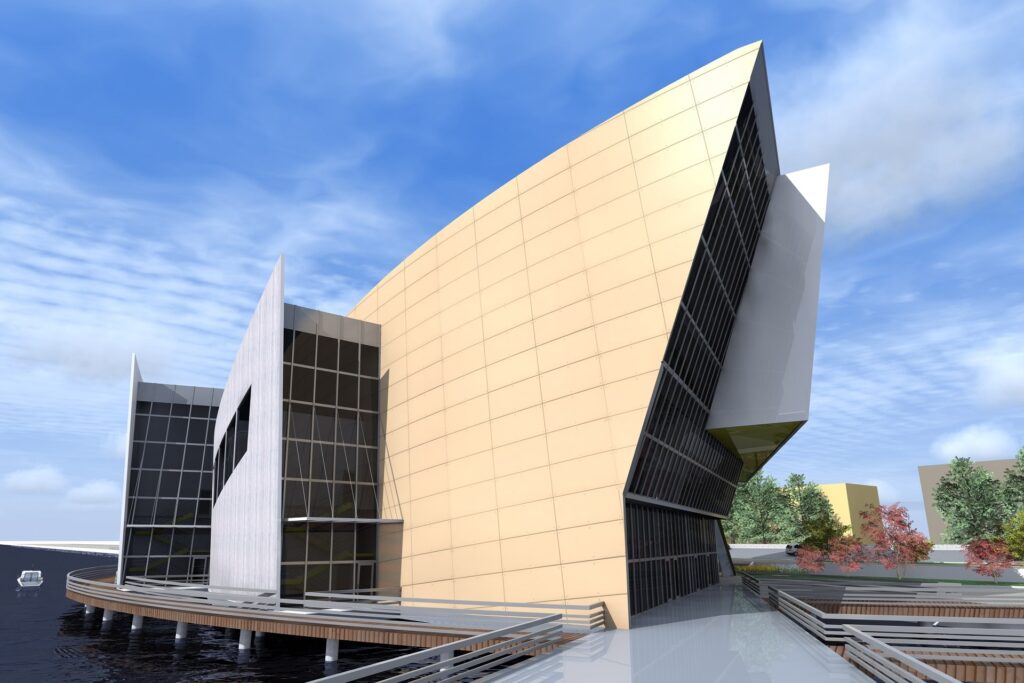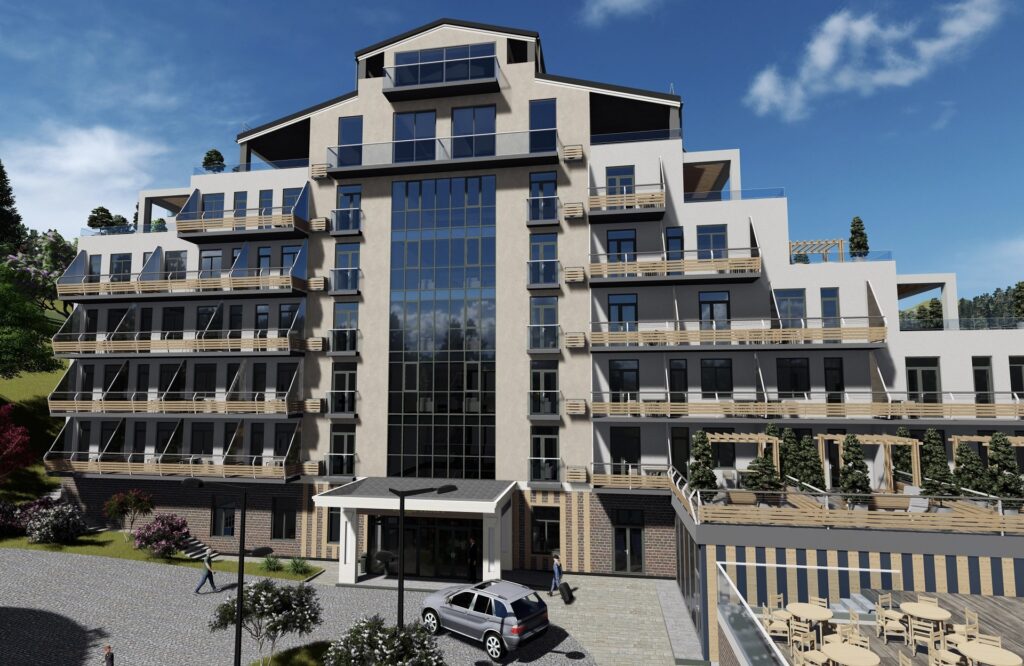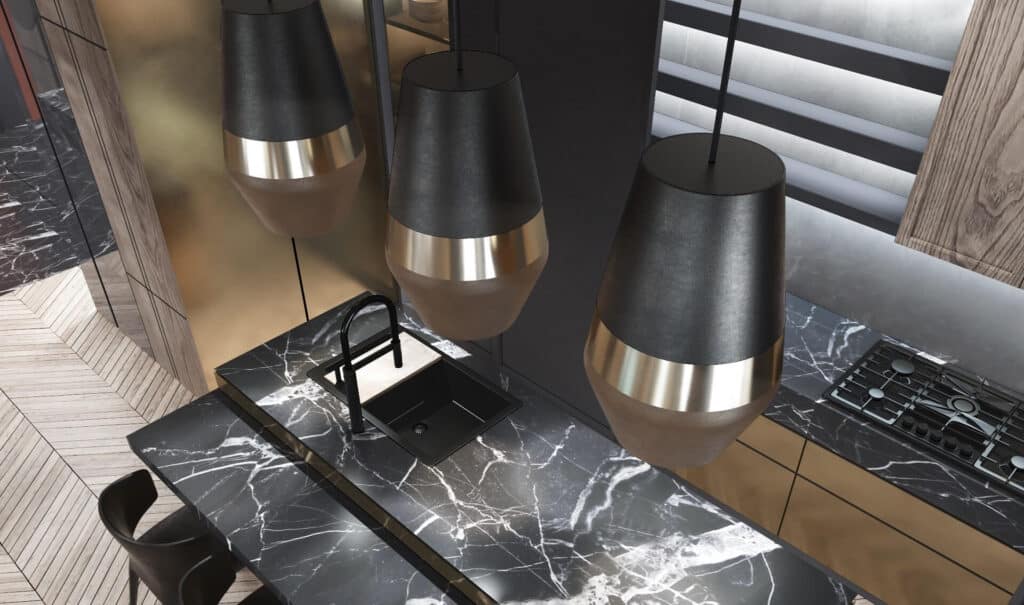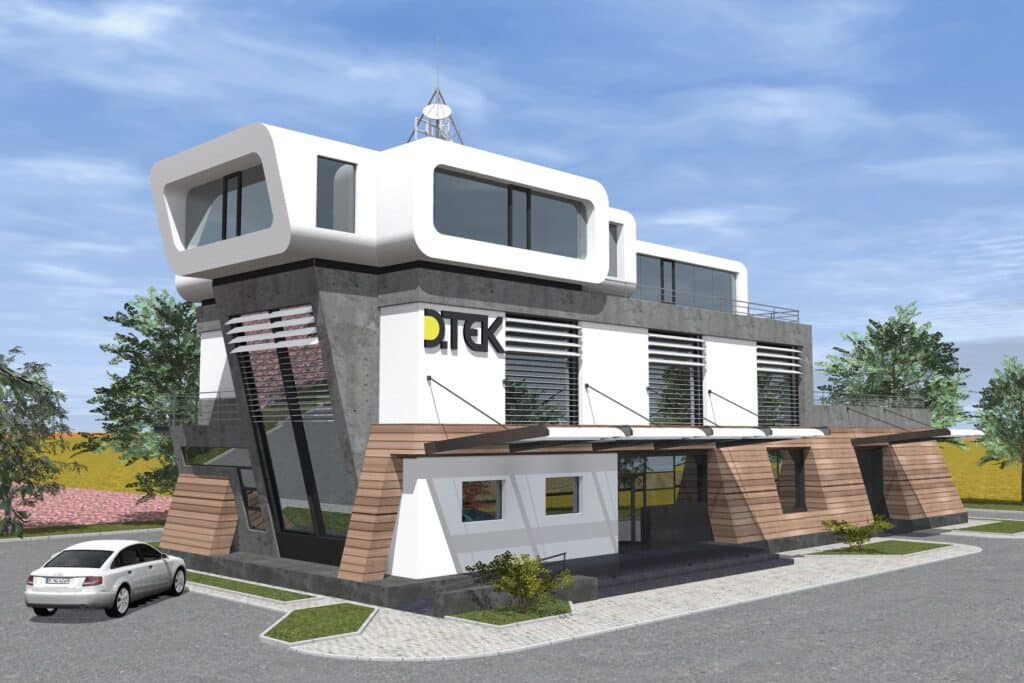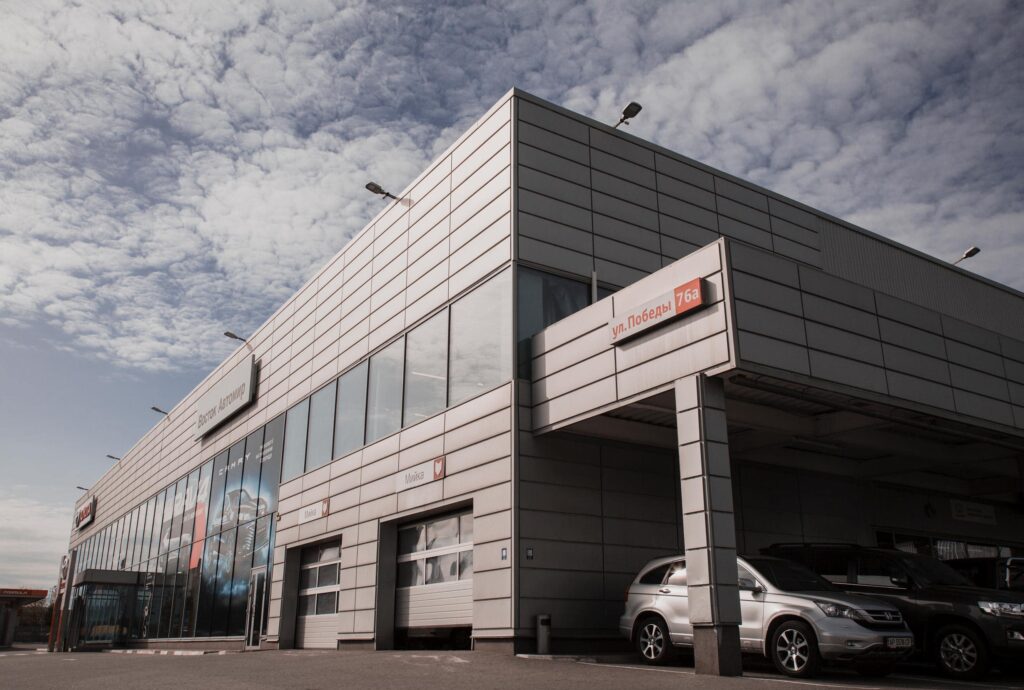Preserving Nature and Style: Projects Inspired by Eco-Consciousness
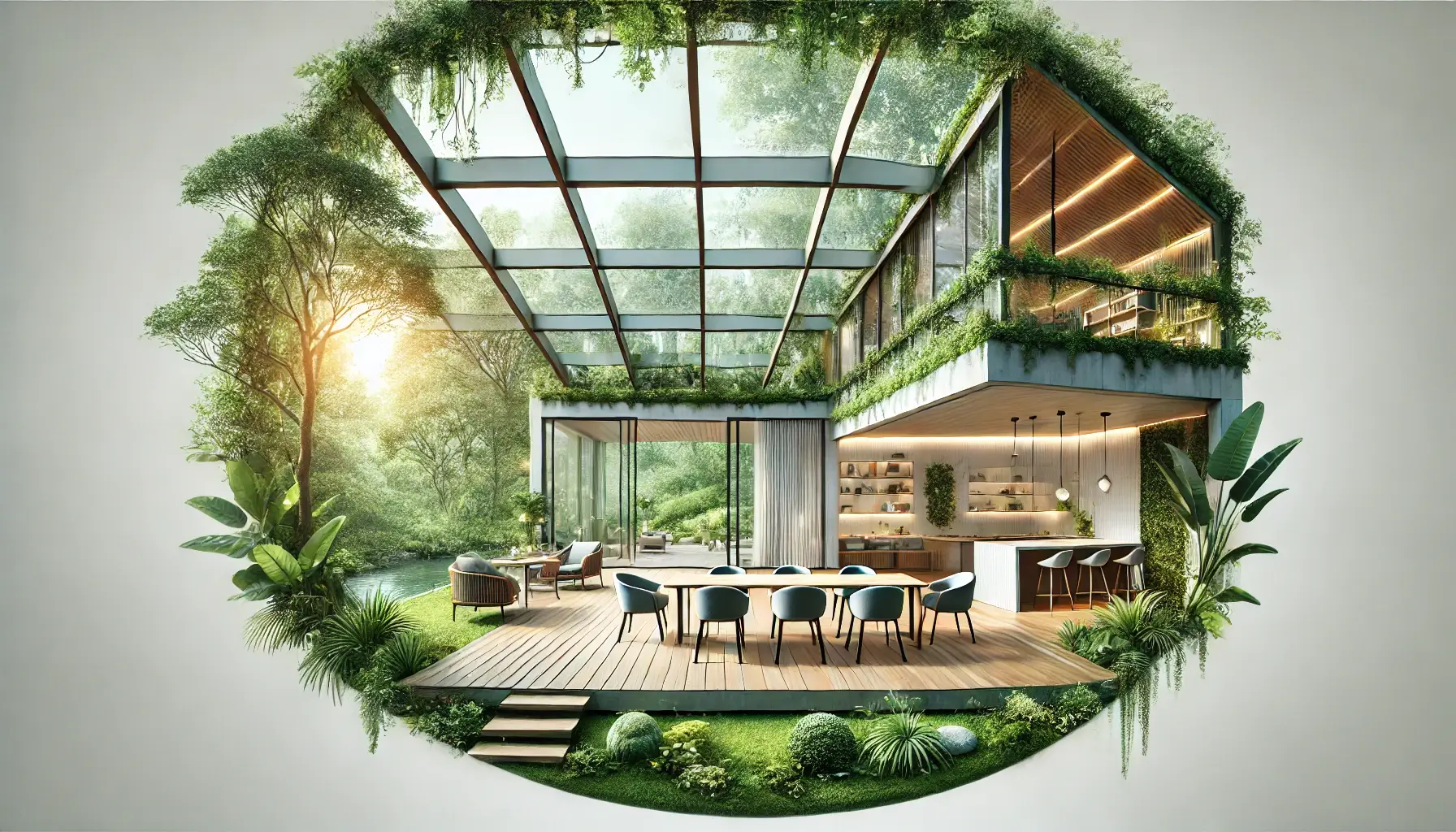
Welcome to the Info section, a glimpse into the essence of my work as a designer and architect. Dive into my creative process, explore the unique perspectives, and understand the guiding principles shaping every project I undertake. This section offers a comprehensive overview of my vision, methodology, and journey from initial concepts to final masterpieces.
1. The Philosophy of Eco-Conscious Design 🌿
In an era where environmental sustainability is paramount, eco-conscious design has emerged as a guiding principle in my architectural and design projects. This philosophy prioritizes harmony with nature, ensuring that our built environments coexist sustainably with the natural world.
- Integration of Nature: I focus on integrating natural elements into my designs, creating seamless transitions between the indoors and outdoors.
- Resource Efficiency: Utilizing sustainable materials and technologies to minimize waste and energy consumption is a cornerstone of my approach.
- Longevity and Durability: Projects are crafted to endure, reducing the need for frequent replacements and renovations.
- Community and Context: Understanding the local ecosystem and community needs ensures that designs are both environmentally and socially sustainable.
Through these principles, eco-conscious design becomes not just a methodology, but a commitment to preserving the planet for future generations.
2. Innovative Materials and Techniques 🛠️
Incorporating innovative materials and techniques is crucial in achieving eco-conscious designs. As a designer, my mission is to explore new ways to create sustainable and aesthetically pleasing environments.
- Recycled and Reclaimed Materials: Using materials like reclaimed wood and recycled metal not only reduces environmental impact but also adds unique character to designs.
- Biodegradable Options: Employing materials that can decompose naturally aligns with my sustainability goals.
- Energy-Efficient Technologies: Implementing technologies such as solar panels and smart home systems reduces energy consumption.
- Local Sourcing: Utilizing locally sourced materials supports community economies and reduces transportation emissions.
By continuously experimenting with these materials and techniques, I strive to push the boundaries of sustainable design while maintaining aesthetic appeal.
3. Harmonizing Aesthetics and Functionality 🎨
Balancing aesthetics with functionality is a delicate art in eco-conscious design. The goal is to create spaces that are not only beautiful but also serve practical purposes efficiently.
- Minimalist Design: Emphasizing simplicity and functionality, minimalist design reduces clutter and promotes a healthier living environment.
- Flexible Spaces: Designing multipurpose areas that can adapt to various needs ensures maximum utility and sustainability.
- Natural Light Utilization: Strategic placement of windows and skylights reduces the need for artificial lighting, enhancing both beauty and efficiency.
- Ergonomic Considerations: Ensuring comfort and ease of use in all elements of design contributes to the overall functionality of the space.
Through a harmonious blend of aesthetics and practicality, each project becomes a testament to the potential of eco-conscious design to improve quality of life.
4. Case Studies: Projects That Embody Eco-Consciousness 📚
Examining real-world applications of eco-conscious principles demonstrates their impact and potential. Here are a few projects that exemplify this ethos.
- Urban Green Oasis: A residential building designed with vertical gardens and green roofs, enhancing urban biodiversity.
- Eco-Friendly Retreat: A vacation home utilizing natural materials and renewable energy sources to offer a sustainable yet luxurious experience.
- Community Center Revitalization: Transforming an old structure into a vibrant community hub with sustainable improvements.
- Educational Facility Upgrade: Incorporating solar panels and rainwater harvesting systems in a school to educate and inspire the next generation.
These projects highlight the diverse ways in which eco-conscious design can be applied, demonstrating its versatility and effectiveness.
5. The Role of Technology in Sustainable Design 📱
Technology plays a pivotal role in advancing sustainable design, offering tools and solutions that make eco-friendly projects more feasible and efficient.
- Smart Home Systems: Automation and smart technologies enhance energy efficiency and user convenience.
- Virtual Reality Modeling: VR allows for detailed visualization and testing of designs before construction begins.
- Energy Management Software: Monitoring and optimizing energy usage becomes seamless with advanced software solutions.
- 3D Printing: This technology enables the creation of complex designs with minimal waste.
Integrating these technologies into my workflow not only enhances the sustainability of projects but also improves their overall quality and client satisfaction.
6. Challenges and Solutions in Eco-Conscious Design 🚧
While the benefits of eco-conscious design are clear, there are challenges that must be addressed to ensure successful implementation.
- Cost Considerations: Sustainable materials and technologies can be expensive, necessitating strategic budgeting and financial planning.
- Regulatory Hurdles: Navigating building codes and regulations requires diligence and adaptability.
- Client Education: Ensuring clients understand the value and long-term benefits of eco-conscious choices is essential.
- Innovation Barriers: Overcoming resistance to new materials and methods is crucial for progress.
By anticipating and addressing these challenges, I ensure that each project achieves its sustainability goals without compromising on quality or style.
7. The Future of Eco-Conscious Design 🌍
Looking ahead, the future of eco-conscious design is bright and full of potential. As global awareness of environmental issues grows, so too does the demand for sustainable design solutions.
- Emerging Trends: Biophilic design and regenerative architecture are gaining traction as new frontiers in sustainable design.
- Global Collaboration: Sharing knowledge and techniques across cultures will drive innovation and improve sustainability worldwide.
- Policy and Advocacy: Supporting policies that promote sustainable development is crucial for systemic change.
- Continual Learning: Staying informed about advancements in materials, technologies, and methodologies is essential for ongoing success.
As we move forward, my commitment to eco-conscious design remains steadfast, driven by a vision of a more sustainable, beautiful world for all.

